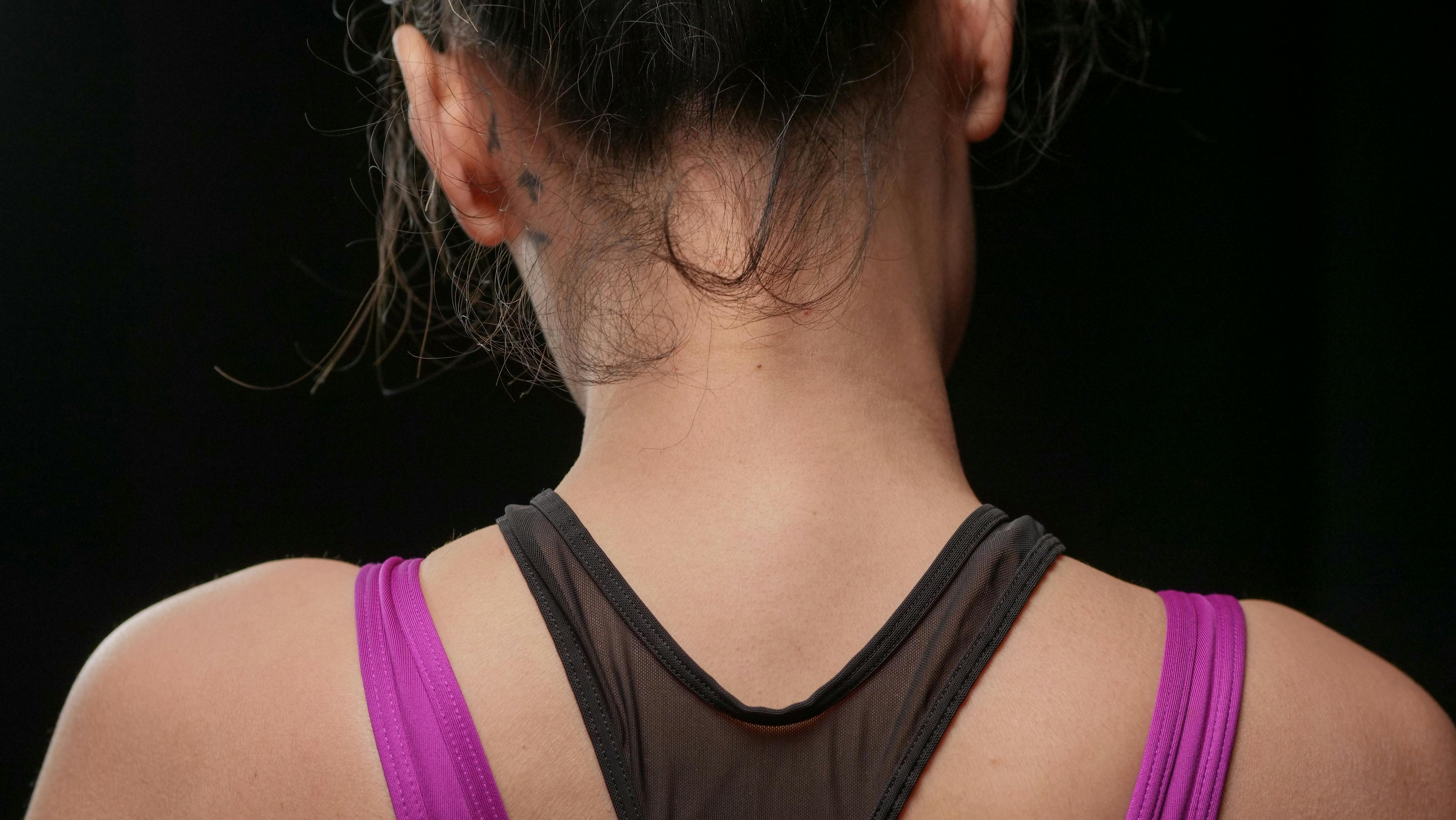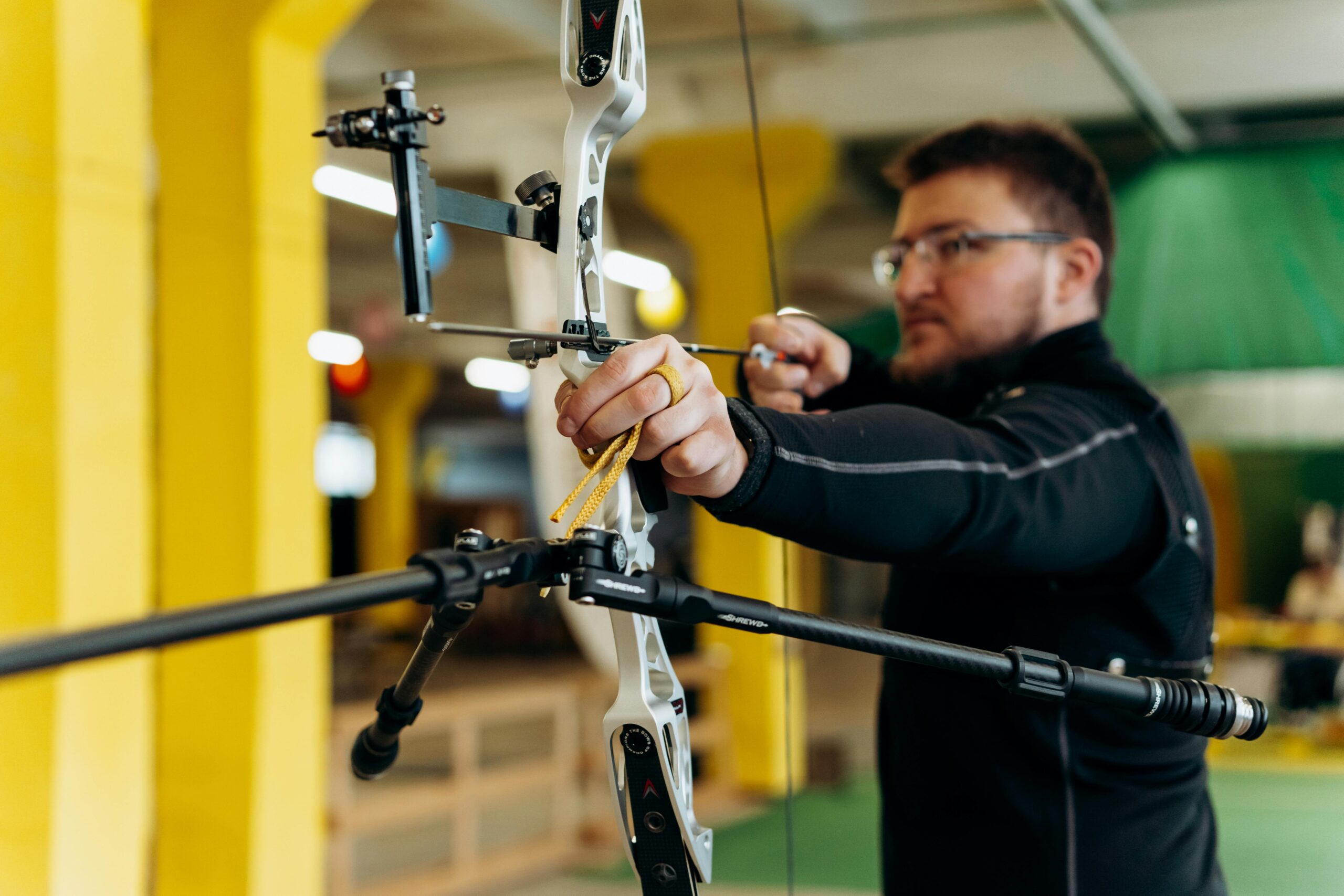Effective Ways to Enhance Your Rückenübung Kabelzug Technique in 2025
Understanding the Importance of Rückenübungen
Engaging in Rückenübungen, or back exercises, is crucial for maintaining a strong and healthy back. These exercises are important not only for developing the Rückenstrecker or back extensor muscles but also for ensuring overall stability and strength. The growing awareness around back health has led to a surge in interest in effective Rückenübungen, especially those involving the Kabelzug, or cable pulley systems. By focusing on these exercises, individuals can improve their posture, reduce the risk of back pain, and enhance their overall fitness.
The benefits of integrating Kabelzug into your Rückentraining are numerous. Not only does it aid in muscle building, but it also allows for controlled movements that target specific muscle groups. In this article, we will explore various techniques and tips to optimize your training routine, ensuring you achieve your fitness goals while maintaining safety and efficiency.
This guide will cover essential aspects of Rückentraining, including proper techniques, common mistakes to avoid, and ways to track your progress. By understanding the foundations of effective training, you can significantly enhance your workout experience.

Essential Techniques for Effective Rückenübung mit Kabelzug
Now that we understand the importance of Rückenübungen, let’s delve into the essential techniques associated with these exercises. The Kabelzug is a versatile tool that can significantly improve your Rückentraining when used correctly. Focusing on the right techniques not only maximizes the muscle engagement during workouts but also reduces the chances of injury.
Performing the Right Rückenposition
Proper Rückenposition, or back position, is pivotal for any Rückenübung. To ensure optimal engagement of your Rückenmuskulatur, maintain a neutral spine throughout your exercises. This posture involves keeping your back straight and avoiding excess arching or rounding. A neutral spine minimizes pressure on the vertebral discs and promotes effective force transfer from your muscles to the cable system.
When using the Kabelzug, establish a stable base by positioning your feet shoulder-width apart. Additionally, your shoulders should be pulled back, aligning with your ears to enhance shoulder stability. This position not only supports the effective execution of exercises but also promotes superior strength gains over time.
After establishing this foundational position, it’s crucial to focus on the control of movements. Always aim for smooth, deliberate motions rather than jerking or sudden movements. This approach encourages muscle contraction and increases the efficacy of your training.
Utilizing Proper Zugbewegung
The Zugbewegung, or pulling movement, is fundamental in exercises like the seated row or lat pull-down. With the Kabelzug, the goal is to create a controlled and effective pulling motion that maximizes muscle recruitment in your upper back. To initiate the movement, engage your core and pull the cable towards your torso while maintaining your elbow positioning close to your body. This action activates key muscle groups, enabling focused development of your Rückenlatissimus.
One common technique that can be utilized is the ‘pause at peak contraction.’ By pausing for one to two seconds at the peak of your pull, you can enhance muscle engagement and improve your strength over time. Focus on creating a feeling of tension in your Rückenmusculatur during this phase for optimal muscle stimulation.
Remember, effective Zugbewegung should always prioritize a full range of motion to engage all muscle fibers effectively. This aspect is particularly important for those intending to achieve significant results in muscle growth.
Avoiding Common Mistakes in Rückenübungen
Building on the techniques discussed, it’s equally important to be aware of common mistakes that can hinder your progress. Addressing these errors not only boosts your training effectiveness but also minimizes the risk of injury during your workouts.
Neglecting Warm-up and Cool-down
One of the most overlooked aspects of any training routine is proper warm-up and cool-down procedures. Failing to correctly warm-up can lead to muscle strains or tears, particularly in the Rückenmusculatur. Prior to starting your workout, spend at least 5-10 minutes warming up through dynamic stretching or light aerobic activity to prepare your muscles for the upcoming work.
Likewise, implementing a cool-down routine helps your muscles recover and prevents stiffness. Engaging in gentle stretching post-workout helps maintain your muscles’ flexibility and can improve your overall performance in future training sessions.
Ignoring Posture and Form
Another common mistake in Rückentraining is disregarding proper posture and form throughout exercises. Poor form can lead to compensation from other muscle groups, which reduces the effectiveness of the workout and can ultimately result in injury. Always prioritize the form over the amount of weight lifted. If necessary, reduce the load to maintain better control and achieve proper execution.
Additionally, requesting feedback from a trainer or even recording your workouts can provide valuable insight into your form and help you make necessary adjustments. Over time, striving for consistency in posture will yield better outcomes in muscle growth and overall strength.
Tracking Progress and Setting Fitness Goals
With a solid understanding of the techniques and common pitfalls in Rückentraining, it’s essential to focus on tracking your progress and setting realistic fitness goals. This approach keeps you motivated and allows you to assess the effectiveness of your workouts.
Essential Measurements for Progress
Measuring your progress isn’t solely about personal records in lifting weights; it encompasses various aspects of performance improvement. Consider tracking factors like repetitions completed, strength gains in your pulling movements, and even flexibility benchmarks through regular assessments. Logging results allows you to note patterns and adjust your training routine as necessary.
Furthermore, consider incorporating variables like body composition changes. This can include monitoring body fat percentages or muscle gain assessments. Documenting these changes is invaluable for overall fitness objectives.
Setting Achievable Fitness Goals
Goal setting is integral to any fitness journey, providing a clear roadmap to success. Ensure that your objectives are specific, measurable, and attainable within a realistic timeframe. For instance, a good goal could be to increase your lat pull-down strength by 10% over two months.
Regularly review and update your goals to keep your fitness journey dynamic and challenging. It offers a sense of achievement and can help maintain motivation throughout your training sessions. Moreover, sharing goals with your personal trainer or gym friends fosters a supportive environment, creating a community that encourages growth and performance.
Incorporating Variety in Your Rückentraining Routine
To truly optimize your Rückentraining, consider incorporating a variety of exercises and modalities. Sticking to the same workouts can lead to plateaus in strength and muscle development. Supplementing your cable exercises with alternative training methods can yield better results and keep your routine fresh and motivating.
Complementary Exercises to Include
Integrating exercises such as Klimmzüge (pull-ups) and bodyweight training can enhance your back strength while promoting muscle balance. Consider adding these into your regimen to work on overall body control and stability. Light weightlifting with Langhanteln (barbells) can also aid in building strength across various muscle groups.
Exploring Technological Advancements
As we progress into 2025, the fitness industry is rapidly evolving, with several technological innovations aimed at optimizing training. Utilizing wearable devices that track heart rate, repetitions, and even recovery times during your workouts can greatly enhance your training efficiency.
Incorporate smart equipment that offers real-time feedback on your performance to help you stay aligned with your goals. Embracing these advancements can lead to a more effective and tailored workout experiences, ultimately enhancing your overall Rückenübung experience.
Q&A: Common Concerns in Rückenübung Training
What equipment do I need for effective Rückenübungen?
To effectively perform Rückentraining exercises, having access to a Kabelzug machine is essential. Additionally, incorporating free weights such as Dumbbells or Langhanteln will help diversify your workouts and enhance muscle engagement.
How often should I train my back muscles?
For optimal results, targeting your Rückenmusculatur two to three times a week is ideal. However, ensure you allow adequate recovery time between sessions to enable muscle healing and growth.
What is the best way to reduce the risk of injury during Rückentraining?
Prioritizing proper form, warming up before workouts, and avoiding excessive weights are key methods to lower injury risk. Always listen to your body and rest when necessary.
How can I improve my muscle endurance during Rückenübungen?
Incorporating higher repetition sets with lower weights into your training can significantly enhance endurance. Additionally, utilizing circuit training methods that combine various exercises can also promote better muscle stamina.
What role does nutrition play in muscle recovery?
Proper nutrition is vital for muscle recovery and growth. Ensure you’re consuming a balanced diet rich in proteins, complex carbohydrates, and healthy fats. Consider supplementing with protein shakes post-workout for optimal recovery.

